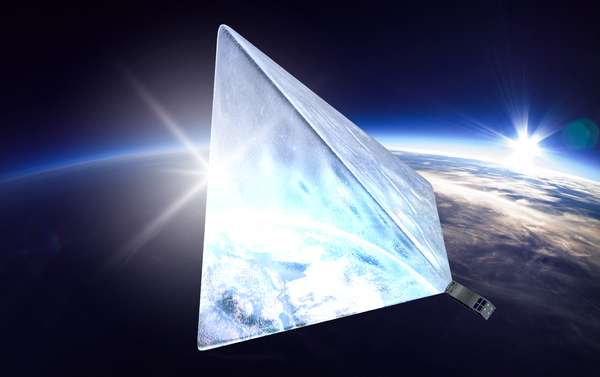Crowd funding is a new approach to raising funds for projects. Inventors and entrepreneurs go directly to the public thru websites and promotional videos in order to raise money. Supporters of some small satellite projects have already used this approach in the U.S. such as the SkyCube project to design, build and launch a small cube about four inches on a side into orbit. This satellite is intended to take low resolution images and to broadcast message back to Earth. The project successfully raised over one hundred thousand dollars and launched their satellite. Now some students in Russia have turned to one of these websites for money for their satellite projects.
A group of students at the University of Mechanical Engineering in Moscow have designed a satellite. They put up a promotional video on a Russian crowd funding website called Boom Starter. The website allows interested parties to donate between five dollars and four thousand dollars to the student project. The more you donate, the more access you have to the student group and reports on the progress of the satellite project. The person who donates the most will be invited to watch the satellite launch in person. To date, the students have raised twenty seven thousand dollars from Boomstarter and other sources. This money was sufficient to build the satellite.
The satellite the students have designed and built is called "Mayak" which is the Russian word for "Beacon." First a canister about the size of a shoebox was built to contain the electronics and a deployable tetrahedral metalized film balloon that will have a surface area of one hundred and seventy five square feet. It is to be launched from the Baikonur Cosmodrome into low Earth orbit on a Soyuz-2 rocket in the spring of 2016. Once in orbit, the balloon will be inflated and the balloon will be the brightness object ever launched into orbit. It should be about the same brightness as the planet Venus. Currently, the brightest manmade object in the night sky is the International Space Station which is about one third the brightness of Venus.
If the mission is successful, then the students intend to write an app that anyone in the world can download. The app will let people determine exactly where in the sky they can see Mayak at any time of night.
The students say that beyond the goal of proving that a group of students can design, build and launch a satellite, they have other goals. Obviously they also hope that the satellite successfully deploys and becomes the brightest object in the night sky. And finally, they want to get people excited about space and space exploration.
If the students are successful successfully in launching Mayak, they have another research project that they are interested in. They want to launch another satellite and then bring it back to Earth with aerodynamic braking. This will permit them to study aerodynamic braking and the density of the atmosphere in low Earth orbit.
Artist's concept of Mayak in orbit:
